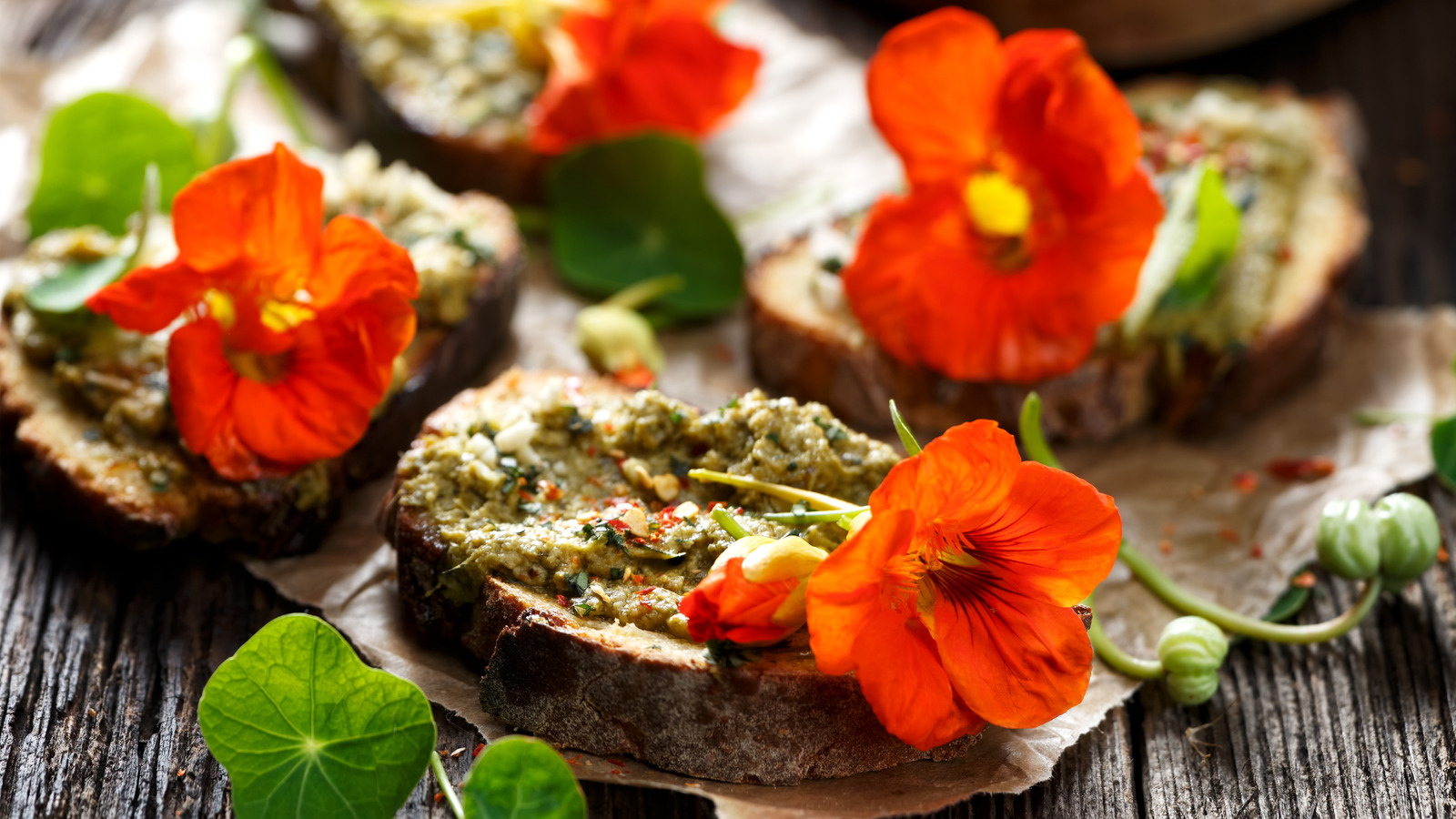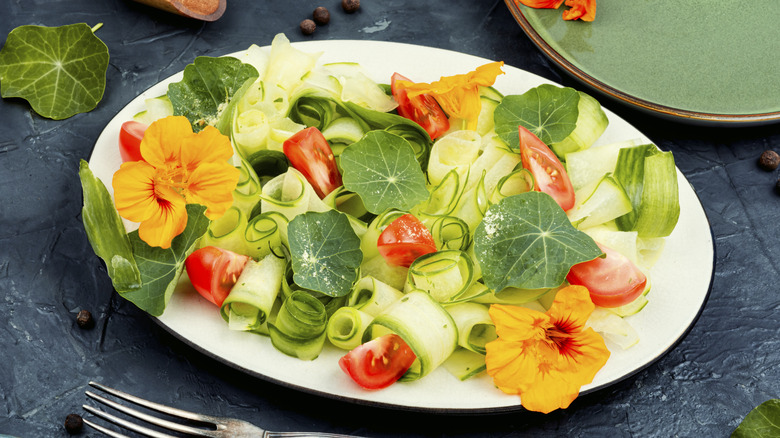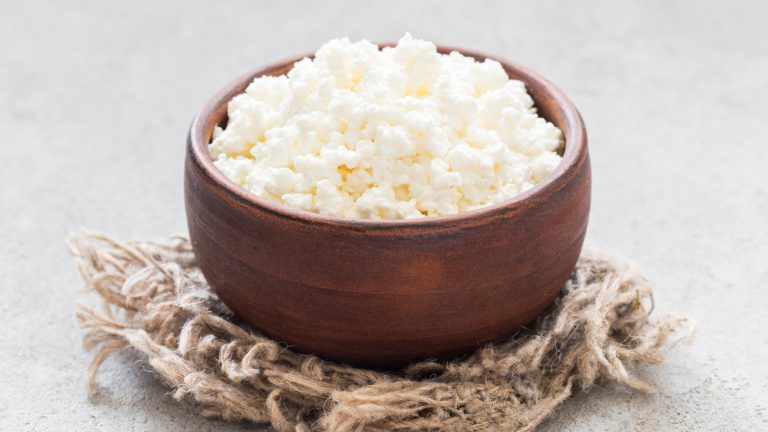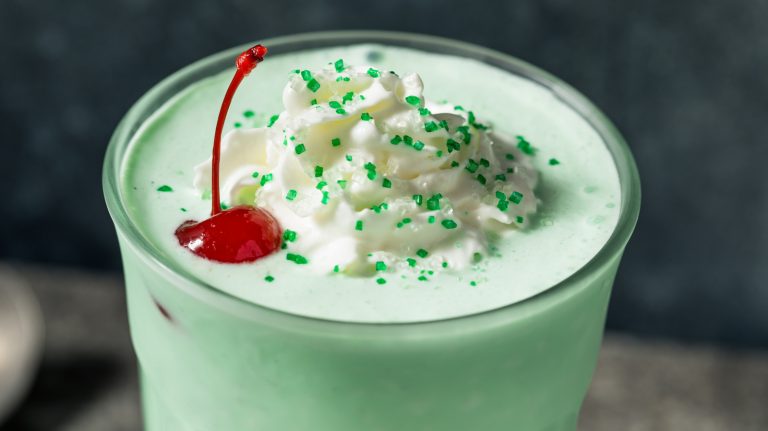Edible flowers are a seriously underrated and underutilized ingredient. Some use them for garnish, but they aren’t just for looks; they can be used in baked goods, ice cream, and more. Plus, most edible flowers can also be easily grown at home. There are so many types of edible flowers out there just waiting to be discovered by more home cooks.
Most people assume edible flowers have to go on sweet or herbal dishes, but there’s actually an edible flower that people used to eat on sandwiches. Meet nasturtium, a bright orange flower that was popular in tea sandwiches during the Victorian era. The recipe for nasturtium sandwiches is one of the most simple and straightforward: just cover bread with butter, spread nasturtium flowers on the butter, then let the sandwiches sit overnight.
Recipes for this floral sandwich cropped up in 1908 and 1912. It isn’t exactly clear why this ingredient or recipes for it started going out of style, but it’s likely that public tastes shifted and the use of nasturtium became less common. While this old-school sandwich is no longer favored in the modern day, there’s still plenty of ways to use nasturtium in cooking.
How to use nasturtium
Nasturtium is still a popular addition to sandwiches, although nowadays it’s used more as a garnish or added ingredient rather than the central part of the sandwich. It pops up in recipes for crab sandwiches, avocado sandwiches, and Cloumage cheese sandwiches. This flower is also a great addition when making egg salad sandwiches.
Although this flower is most popular in sandwiches, it is far from the only way to eat nasturtium. People have also used nasturtium to make salads, soups, bread rolls, and more. You can even use the flowers for tea or vinegar.
It is also possible to eat the flowers by themselves. There’s recipes out there for making stuffed nasturtium flowers; others have suggested deep frying the flowers. Other parts of the plant besides the flower have uses too. For example, the leaves and stems can be crushed into pesto sauce or homemade salt.






